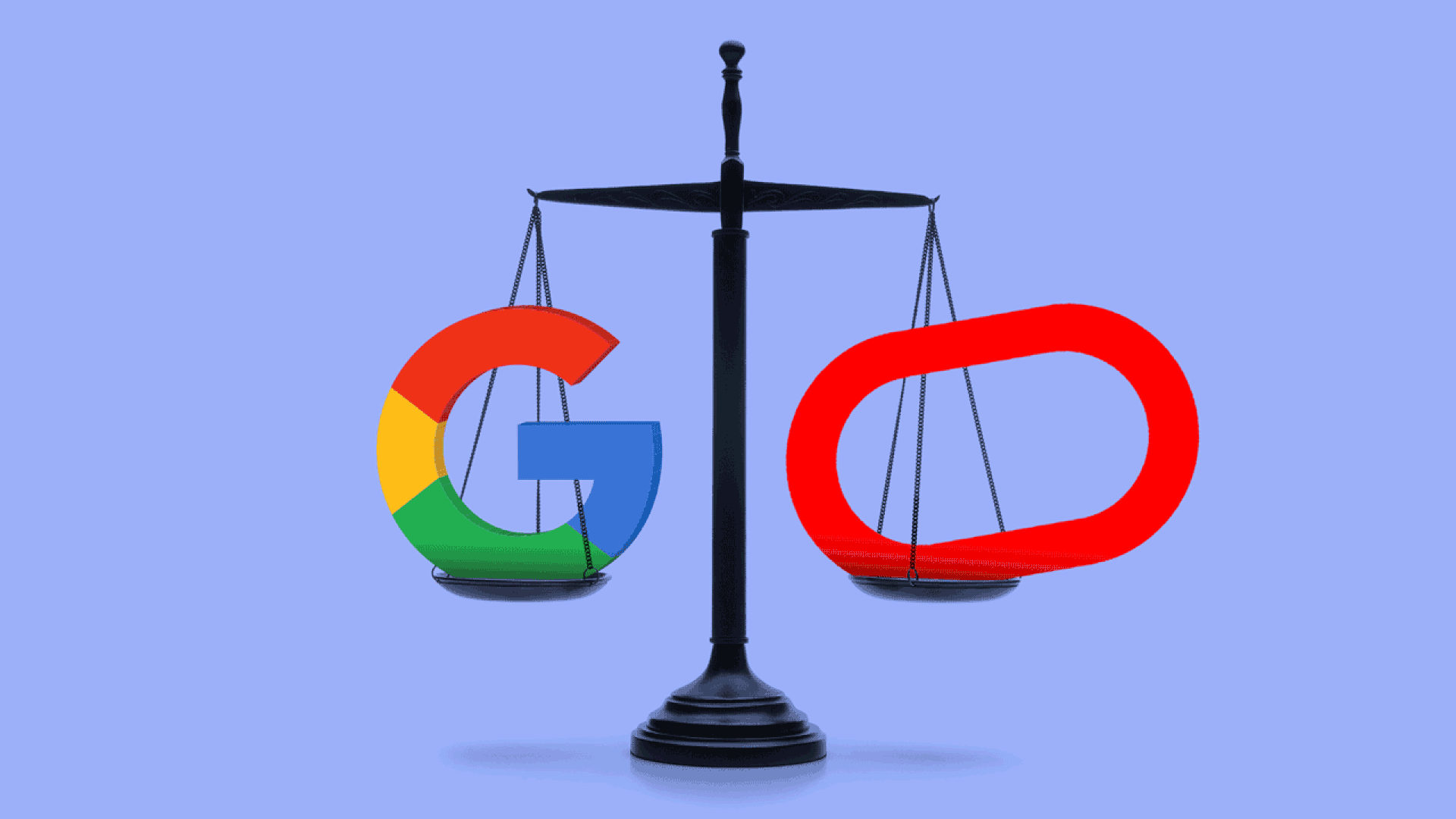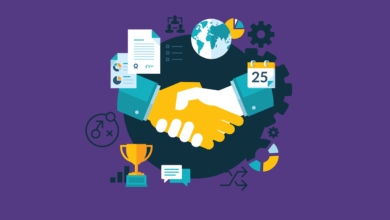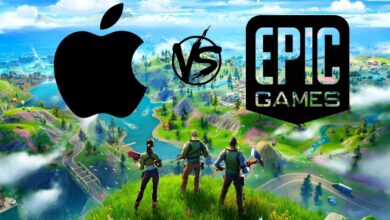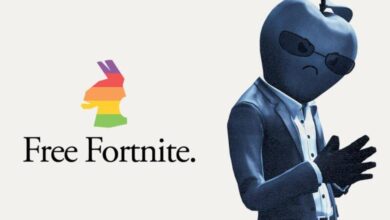Competition LawInternet of Things
Google v. Oracle: Fair Use Saves The Day For Web Interoperability and Creative Programming

“Applying copyright law to computer programs is like assembling a jigsaw puzzle whose pieces do not quite fit.”
– Judge Michael Boudin
Introduction
The judgment [i] in Google v. Oracle marks a big win for web interoperability, innovation, and computing. The Supreme Court of the United States (SCOTUS) ended the long-running battle between the tech heavyweights by deciding in favor of Google’s Android smartphone-operating system. Back in 2010[ii], Oracle had filed a suit of copyright infringement against Google for its use of Java Application Programming Interfaces (APIs) – over which Oracle claims copyrights[iii]. Since then, this case has seen three trials and two appeals, before finding its way into the SCOTUS. An overwhelming majority in the tech industry, as well as, independent software developers alike have rallied not so much in support of Google as they have to conserve the common programming practice of re-using and re-implementing software interfaces, upon which web interoperability thrives.
The case before the SCOTUS was bifurcated into[iv]:
- Whether software interfaces, such as Java APIs, are copyrightable?
- And, whether the petitioner (i.e., Google) reimplementing a software interface to add value and empower tech creativity would constitute fair use?
The SCOTUS assenting on usage (reimplementing) of someone else’s APIs in certain cases has brought a sigh of relief for interoperability, tech innovation, and creativity. Nevertheless, through its decision, the SCOTUS has reinforced what programmers have known and been practicing invariably. This article seeks to break down the tech and legal intricacies addressed in the court’s opinion; moreover, this article is a genuine attempt at understanding the growing trend of techs reliance on law, not just software programs and, whether interoperability faces a serious threat by intellectual property rights.
Oracle’s claims against Google, and Google’s alibi :
Oracle’s focal claim, against Google, was that it had reproduced the “structure, sequence and organization” of roughly 11,500 lines of the 37 API packages[v] and, as a result, had infringed upon its copyrights, at the outset, even patents (a claim since dropped). Oracle alleged, that Google had copied both the literal declaring code and the nonliteral organizational structure (or SSO) of the APIs. Most importantly, Oracle claimed and argued, and the Court of Appeals for the Federal Circuit (CAFC) agreed[vi] that, had Google wished Android to be interoperable with Java, it would have copied Java’s entire command structure (i.e, 166 Java API packages) instead of copying just 37 command lines. Thereby dismissing Google’s defense of interoperability. This view was further asserted by the appellate court[vii] which altogether eviscerated the district court’s reasoning and merited findings[viii].
Google categorically rejected Oracle’s appeal for copyrighting something as essential and ubiquitous as a programming interface that would inevitably threaten interoperability and, causing even greater damage to tech innovation and computing. Google’s defense was backed[ix] by several in the tech industry who were genuinely worried about the future of innovation and software integration. Google vehemently denied Oracle’s claim of “copying” (reimplementing) certain command lines while developing Android’s OS. Google said that it had developed its own set of “implementing code” and to enable developers to develop their own programs for android, allowing programs to interoperate, they reimplemented certain functionalities from the Java APIs (a practice known as “declaring code”). Google argued that reusing APIs were commonplace for large corporations and independent software developers alike, as they accelerated access to crucial services without having to build interoperable software from scratch.
Android’s OS, which is based on the modified version of Linux Kernel, is a completely free and open-source operating system. Android’s open-source compatibility is managed by the Android Open Source Project (AOSP)[x]. AOSP can be used for varied purposes, including developing applications that aren’t compatible with other applications based on the same source. At the core of Android’s compatibility is its Compatibility Program[xi] which helps to separate Android-compatible devices from devices merely running on “derivatives” of the source code. This means that, for any device to reap the full benefits of the Android ecosystem, that device must be fully identified as Android-compatible by the program. Following the SCOTUS judgment and, considering Google’s stance as a bulwark of web interoperability and tech innovation throughout this case, one might wonder about Google’s appropriation of its incompatible Android compatibility with third-party apps falling beyond the purview of its compatibility program.
What are APIs and are they Copyrightable?
An API, in simple terms, acts as a liaison between applications belonging to different companies to ensure that the technologies can communicate and work with each other[xii]. When you use an application on your mobile, say, for example, Google Maps[xiii], which essentially is a composition of APIs that allows a programmer to embed the application into other mobile apps and web pages, or to retrieve data from Google Maps. An API virtually enables the abstraction of functionality which helps in building a strong foundation for interoperability or, software integration.
Evidently, APIs are code, and much like any other proprietary code, one may say they are copyrightable. However, unlike software codes, an API is simply an interface for the outside world accessing a particular system, guiding what inputs to give it and producing the outputs in return. Software code, under copyright law, already finds protection as “literary work” due to the creative composition of a code language[xiv], the code’s rationale, may also be patentable depending on its uniqueness[xv]. APIs are simply functional, and functionality simply defies the essence and spirit of what copyright law is supposed to foster and protect. In other words, an API simply lacks the creative genius that copyright law intends to protect. The initial ruling by Judge Alsup (a programming expert himself) similarly held that[xvi] allowing Oracle’s contention would allow just about anyone to copyright one version of a code to carry out a system of commands, consequently impeding others from composing their “own different versions to carry out all or part of the same commands.”
However, the SCOTUS refused to determine the copyrightability of computer code’s functional features. Nonetheless, Justice Breyer in his opinion (joined by 5 other judges) delivered something significant by acknowledging that:
“Google copied portions of the Sun Java API precisely, and it did so in part for the same reason that Sun created those portions, namely, to enable programmers to call up implementing programs that would accomplish particular tasks. But since virtually any unauthorized use of a copyrighted computer program (say, for teaching or research) would do the same, to stop here would severely limit the scope of fair use in the functional context of computer programs. Rather, in determining whether a use is “transformative,” we must go further and examine the copying’s more specifically described “purpose[s]” and “character”.”
Justice Breyer sustained Google’s reimplementation of certain interoperable command lines as being a fair deal under fair use, thereby upholding, “Google’s copying did not violate the copyright law.” In its concluding remarks, the SCOTUS upheld that Google had full immunity under fair use as a matter of law, thereby reversing the Federal Circuit’s erroneous judgment.
Copyright, Fair use, and Interoperability: The Way Forward
In its opinion, the Court identified fair use as being an “equitable rule of reason” at times when the law threatens to inhibit the very creativity it is intended to nurture and protect. The SCOTUS went on to discuss at length the crucial role played by fair use in fostering and incentivizing innovation and creativity, especially at times when copyright cannot. In its concluding remarks, the SCOTUS remarked, “where Google reimplemented a user interface, taking only what was needed to allow users to put their accrued talents to work in a new and transformative program, Google’s copying of the Sun Java API was a fair use of that material as a matter of law.”
Software copyright law is compatible with interoperability – as this research argues here[xvii]. However, a wide-ranging software copyright law could potentially impede creative programming, like it threatened interoperable APIs in this case, which could have had far-reaching repercussions not only for the tech industry but also the consumers of interoperable applications (which are virtually all mobile apps). Fair use also helps to take into account policy considerations and market power as long as it is done for a “transformative purpose[xviii]”. This case has perfectly elucidated that when copyright law cannot facilitate protection towards innovation and creativity, or worse, it may threaten to do the opposite, fair use can be the best hope at correcting whatever is wronged.
Conclusion
Oracle firmly disagreed with the SCOTUS judgment [xix] saying, “They stole Java and spent a decade litigating as only a monopolist can. This behavior is exactly why regulatory authorities around the world and in the United States are examining Google’s business practices.” Oracle’s warnings on this judgment, much more so against what this means for Google’s market power cannot be dismissed as alarmist. Fears against tech monopolists trying and typically succeeding at appropriating and poaching a technology belonging to another company or a software developer, thereby receding the overall quality of competition in the tech industry are appropriately reasonable in certain contexts. Just not this one.
For now, it is fair to say that the SCOTUS judgment brings huge relief for the future of web interoperability, innovation, and computing. Oracle’s decade-long labor to curb interoperability through its legal battle[xx] has failed for good. It is safe to say, from the reasons discussed above, that the tech industry is better off not granting any tech company copyrights over something as essential and omnipresent as a programming interface that would rather give a company greater power at appropriating technology and misusing the law than incentivizing innovation and growth.
This article can be cited as:
Bedotroyi Gupta, Google v. Oracle: Fair Use Saves The Day For Web Interoperability and Creative Programming, Metacept-Communicating the Law, accessible at https://metacept.com/google-v-oracle-fair-use-saves-the-day-for-web-interoperability-and-creative-programming/ .
References:
[i] GOOGLE LLC v. ORACLE AMERICA INC., No. 18-956, 593 U.S. ___ (2021).
[ii] Oracle sues Google over Android, Reuters, Aug. 14, 2010, https://www.reuters.com/article/us-google-oracle-android-lawsuit-idUSTRE67B5G720100814.
[iii] Oracle’s stewardship of Java, https://www.oracle.com/us/corporate/citizenship/introduction/java-in-action-1886206.html.
[iv] 18-956 GOOGLE LLC V. ORACLE AMERICA, INC (886 F.3d 1179), https://www.supremecourt.gov/docket/docketfiles/html/qp/18-00956qp.pdf.
[v] ORACLE AMERICA, INC v. GOOGLE INC., 872 F.Supp.2d 974 (2012), https://www.leagle.com/decision/infdco20120601k39.
[vi]ORACLE AMERICA, INC., v. GOOGLE INC., 750 F.3d 1339 (Fed. Circ. 2014) (“…whether Google’s software is “interoperable” in some sense with any aspect of the Java platform (although as Google concedes, certainly not with the JVM) has no bearing on the threshold question of whether Oracle’s software is copyrightable. It is the interoperability and other needs of Oracle—not those of Google—that apply in the copyrightability context, and there is no evidence that when Oracle created the Java API packages at issue it did so to meet compatibility requirements of other pre-existing programs.”).
[vii] Federal circuit continues to screw up copyright law and thwart innovation, Mar. 27, 2018, https://www.eff.org/deeplinks/2018/03/federal-circuit-continues-screw-copyright-law-and-thwart-innovation
[viii] Supra note 5.
[ix] Computer scientists urge the court to block copyright claims in Oracle v. Google API fight, May. 30, 2013, https://www.eff.org/press/releases/computer-scientists-urge-court-block-copyright-claims-oracle-v-google-api-fight
[x] About the Android Open-Source Project (AOSP), https://source.android.com/.
[xi] https://source.android.com/setup/start/faqs#how-does-the-aosp-relate-to-the-android-compatibility-program.
[xii] What is an API? (Application Programming Interface), https://www.mulesoft.com/resources/api/what-is-an-api.
[xiii] Google maps platform FAQ, https://developers.google.com/maps/faq#whatis.
[xiv] U.S. Code Title 17, § 102(a).
[xv] Is software patentable in the United States? https://www.shahiplaw.com/software-patents/
[xvi] APIs cannot be copyrighted, judge says, torpedoing Oracle’s case against Android, Jun. 1, 2012, https://www.theguardian.com/technology/2012/jun/01/oracle-google-api-decision-free.
[xvii] Joseph Gratz and Mark A. Lamley, Platforms and interoperability in Oracle v. Google (2018) (Harvard Journal of Law and Technology, Vol. 31).
[xviii] Measuring Fair Use: The Four Factors, https://fairuse.stanford.edu/overview/fair-use/four-factors/
[xix] Oracle Statement Regarding Oracle v. Google, Apr. 5, 2021, https://www.oracle.com/news/announcement/oracle-statement-regarding-oracle-v-google-040521.html.
[xx]Madeleine Carlisle, How Google’s Big Supreme Court Victory Could Change Software Forever (Apr. 6, 2021), https://time.com/5952718/google-oracle-supreme-court/.




